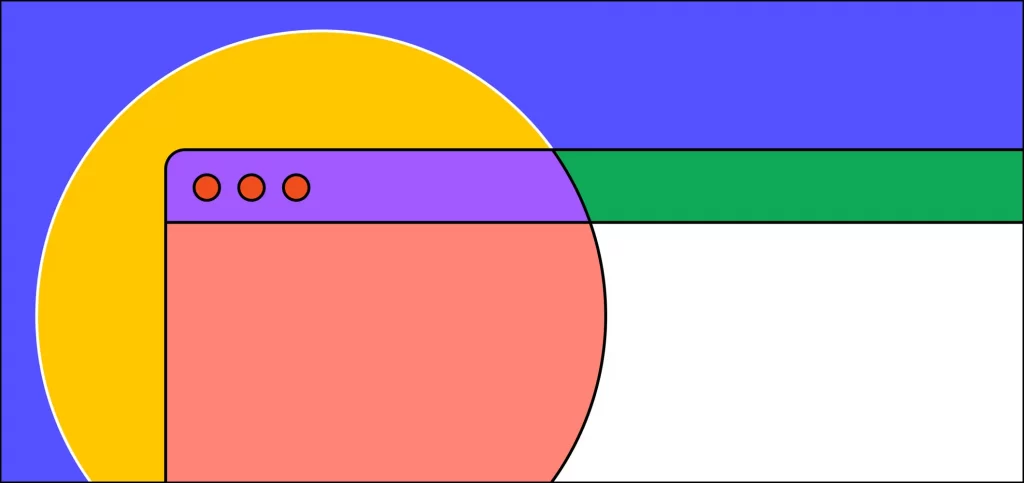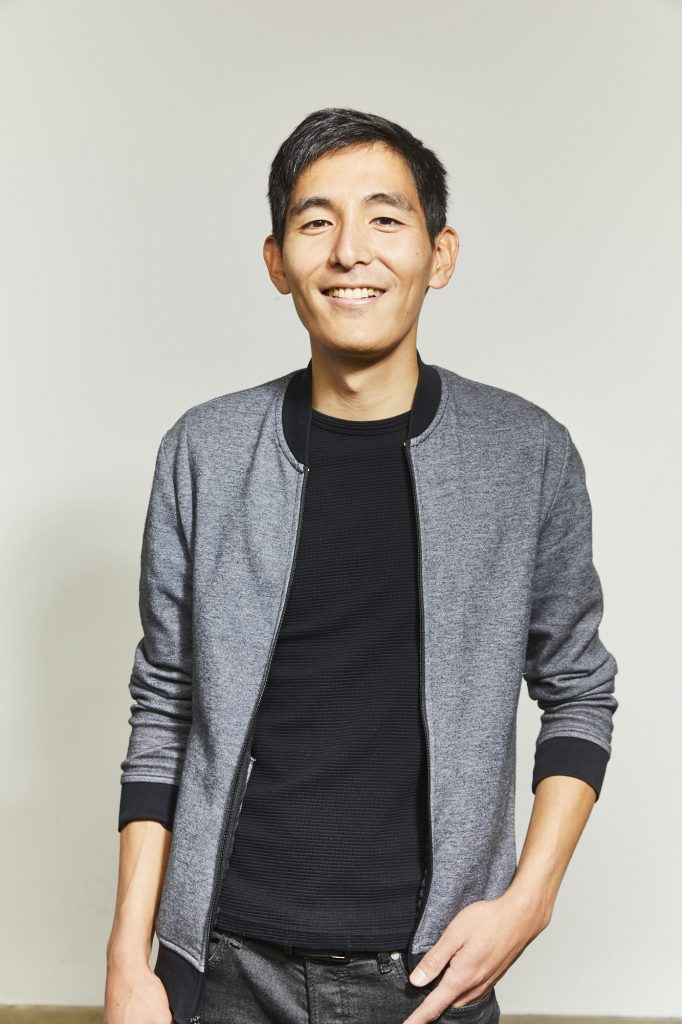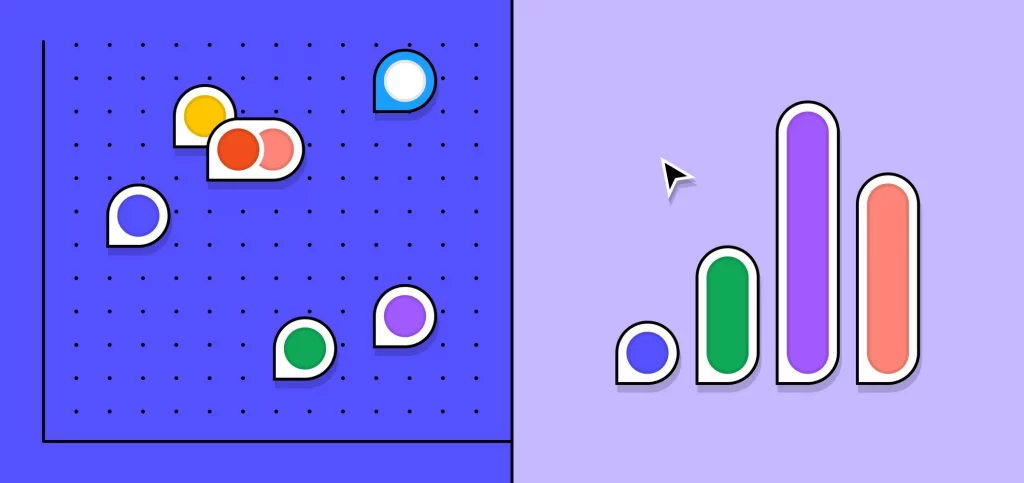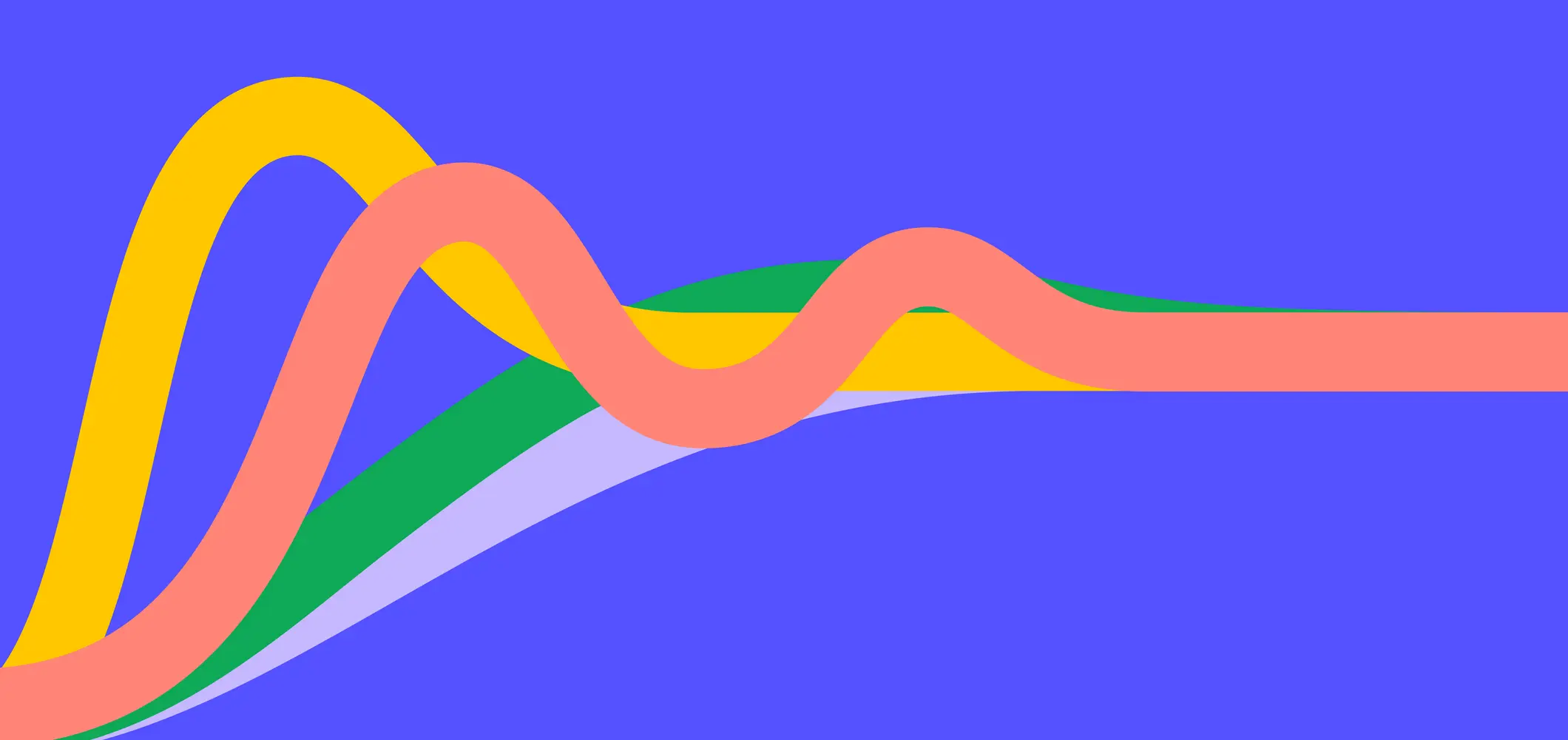As a collaborative design tool, Figma enables teams of all sizes to work together on digital concepts. In addition to its accessibility, its enormous success is due to the playful way in which creative ideas can be developed and implemented. This was demonstrated not least by the billion-euro merger with Adobe. At the launch of the Figma site in Berlin in the summer, we had the opportunity to ask a few burning questions about the focus topic of collaboration in our current issue.

A simplified form of sharing
Most people are familiar with the conventional setting for design processes: In parallel, you use various desktop applications from relevant providers to create designs and save them, then send the file by email or via Dropbox to the customer or colleague, who can download it and open it in the relevant program. "The fact that Figma is browser-based instead has the great advantage that more people can participate in this process - low-threshold, via a link," says Yuhki Yamashita, designated Chief Product Officer at Figma. As a result, according to user surveys, two thirds of them are no longer designers, but work in development, product management or marketing. "The fact that users can quickly open a project with one click has permanently changed the nature of collaboration," says Yamashita. "This is where I find the comparison with Google Docs in relation to Microsoft Word apt: the simplified form of sharing makes people more willing to show ideas at a much earlier stage. They don't wait until the final draft that they send around, but can constantly update their designs anyway."

Change in cooperation
In his role, Yamashita is largely responsible for the fact that Figma, as a browser-based program, still feels like a smooth desktop application - one that contains everything. The entire workspace, including the toolbar and organizational elements, corresponds to typical graphics software, which can be structured using freely adjustable grids. The equipment is primarily aimed at UI/UX designers, but can be used for graphic projects of all kinds. Using vector-based elements, any design can be scaled without loss, played out as a prototype or exported as a finished design. "What made Figma so attractive to me was the idea of understanding design as open source," says Yamashita, who previously worked for Uber and Google. "Instead of showing beautiful projects as flat PNGs on Behance, the Figma community shares open files that anyone can use - whether it's an emoji set or an elaborate 3D design." Special plugins are also available - for realistic-looking dummy text, for example.
"We talk about Figma as an effective editor, which we have basically just extended so that you can involve the entire design team," says Mareike Busche, who is responsible for the entire DACH region as Sales Director. "Let's say I'm a project manager who wants to check the status quo of a concept; when I switch to prototype mode, I can see how a design feels for the customer and leave comments directly." The same applies to front-end or back-end developers, who find errors much earlier, or copywriters, who can develop their texts better because they are involved in the entire process. "Without barriers, everyone can be involved right from the start with valuable feedback and changes can be made in real time, for example directly in meetings," says Yuhki Yamashita. "We are gradually seeing a change in collaboration, with many non-designers also contributing to the design process. People are starting to iterate designs independently."

Design inspired by code
This is certainly also due to the design systems available, whose components are, to put it simply, built up like Lego bricks. The idea behind this, explains Yamashita, is that design is inspired by code: "We incorporate code principles into the design, such as layout properties. This way, a designer doesn't have to deal with every single pixel or design a button from scratch, but can invest time in the really important design issues." Small-scale work such as icon designs, which would otherwise be implemented by one person in Illustrator, can thus become a collaborative process: The same tools are available to everyone. Yuhki Yamashita is certain that this also contributes to a better understanding of design work as such: "We appreciate the fact that everything can happen in real time and that design doesn't have to be a linear process."
But what about the declared goal of democratizing the design process? What does this do to the creative profession if suddenly everyone has access to everything? "The unique thing is that everything takes place in the same place," says Mareike Busche. "With a seamless workflow from the very first idea, through creation, to the feedback loop and handover to the developer, moving forward together is so much more fun - without having to download ten images and wait for feedback emails. Figma feels like everyone is on the same page - in the truest sense of the word."

We spoke to Dylan Field in more detail about his vision. He dropped out of his computer science studies at the renowned Brown University in 2012 to found Figma together with Evan Wallace and is now the CEO.
Dylan, what do you see as the future of collaboration?
My wish for Figma is that we can get ideas out of our heads and onto the screen as quickly as possible. We want to get better and better at speeding up the iteration of an idea. In this way, it's not just your own head that becomes more effective, but the collective sense of a team that can develop a shared perspective. Regardless of whether it is a small team or a large organization: Goals can be achieved better and faster in a group.
Dylan Field
In my opinion, it will be very helpful in the future to be able to participate in design processes together - even across different continents and time zones. Figma supports the vision of efficiently synchronizing a team.
Two thirds of your users are not primarily active in design, but in development or content creation. Do you see this as a sign that Figma is fulfilling its function, especially if people without design training can cope with it?
I really hope so! I often talk to company founders, for example, young start-ups who can't yet afford a design team and are really happy to have access to design through Figma, even though it was always foreign to them. I really like that.
How do you maintain the balance between ease of use and complex application options?
From a design perspective, this is one of the biggest challenges for us. We are essentially designing a staircase, the next steps of which we don't yet know, but which we have to keep in mind and also master. So how can we keep things simple, but still make complexity possible? In the past, design programs seemed very intimidating to many people. I often think about that. If the tool is to become more powerful, it must not become more complicated.
It's also thanks to Figma's visual playfulness that it seems comparatively accessible. Have you thought about how this playful character might even change the creativity within a team? What do you think about the setting it takes to be creative?
I think that playfulness, the possibility of a mental playground, is in many ways a prerequisite for creativity. If you strive for a creative mindset, you can get there through playful experimentation and thus find inspiration. For me, creativity means bringing in perspectives in an unbiased way, trying things out, not having to be perfect. We want to convey this attitude with Figma: Playful exploration generates more beautiful results overall.
With our brainstorming tool FigJam, this component is very important. When we launched FigJam, we asked ourselves what differentiates this tool from others. We defined simplicity as a priority to ensure that it is easy for everyone to actively participate. How many meetings have you been to - I've been to many! - where half the room didn't speak up? Because people either feel that their opinion doesn't matter or because they are afraid of criticism from others? We therefore wanted to create a creative space that is encouraging.

What do you think happens when a design process becomes completely transparent? Does the true power of design become more understandable when you have access to this otherwise opaque process and can follow ideas before they are fully developed?
I think a transparent way of working benefits designers a lot. It was interesting that many of them were initially afraid of it when we started with Figma. For many designers, it seemed like a massive change to no longer hide their work process, but to show it. Especially during the initial brainstorming process, where you often feel insecure. Many expressed worries: "Oh, wait a minute, if I reveal all my work, people might think I can't do much at all." My impression is that designers often suffer from impostor syndrome. That's strange, because it's precisely these fears that ultimately prevent them from showing their team what design work means. What design is capable of achieving. This can change if everyone experiences the iterations that go into a project, the dead ends, the false starts, the many options.
For outsiders, the design profession is still a totally strange craft, but one that requires immense talent to be truly excellent at. Sure, anyone can use any design tool, but it takes many years to get to a point where you can create something absolutely incredible and epic. So I think the more you showcase the design process, the more people understand it. It gives a designer a lot more impact within their team.
More about the Figma x Adobe collaboration in an article by Dylan Field
Order our latest issue now





